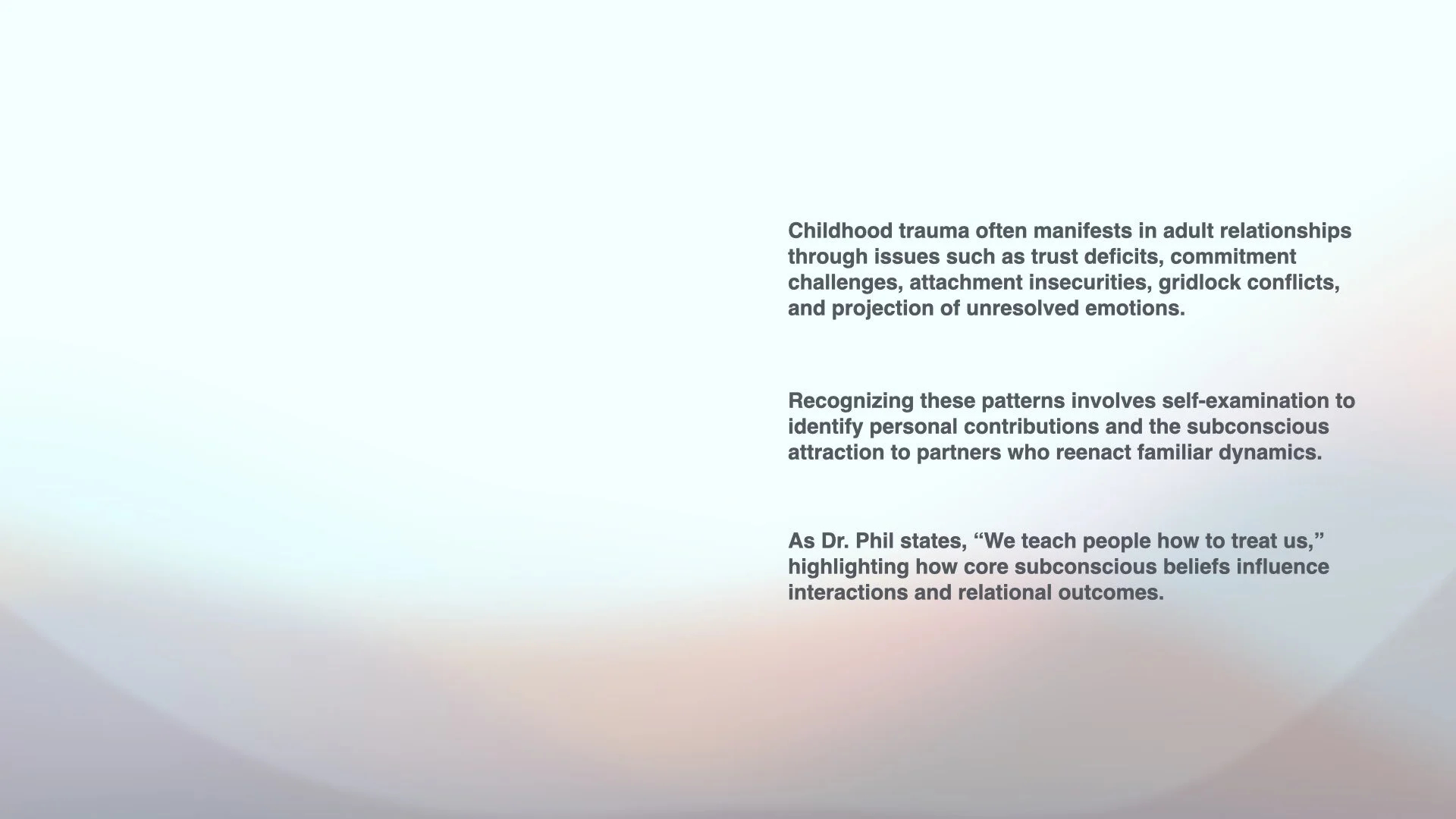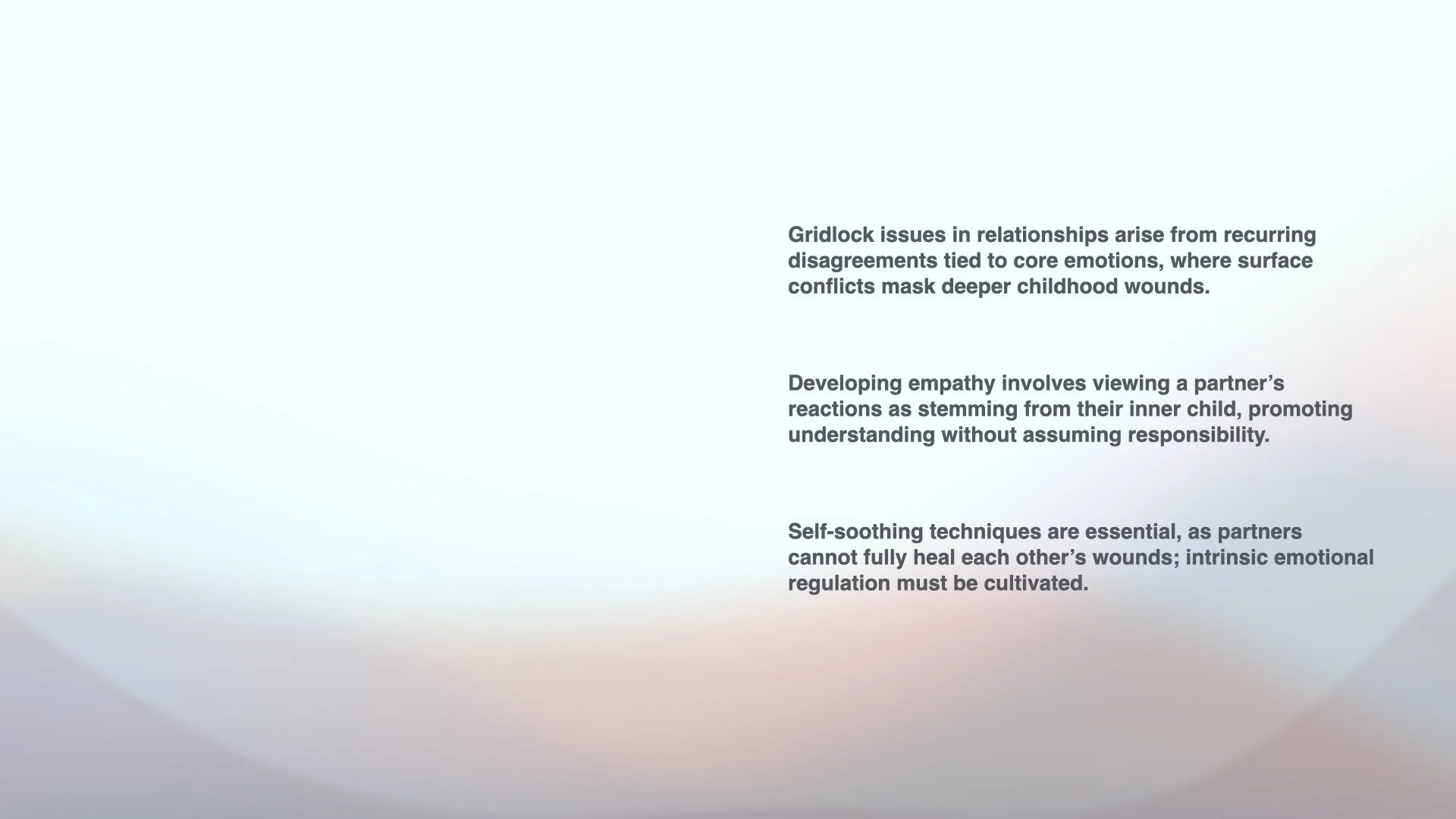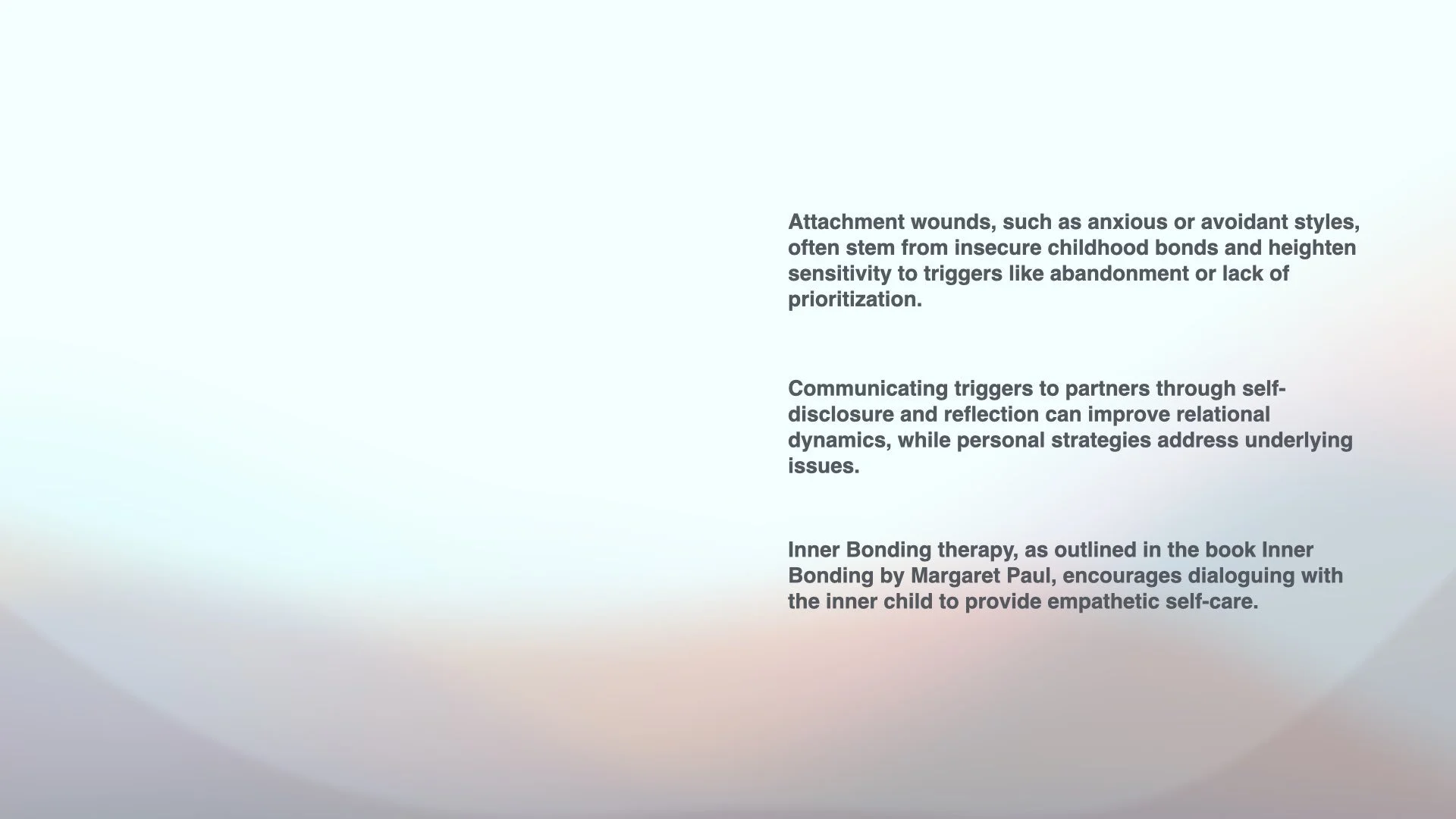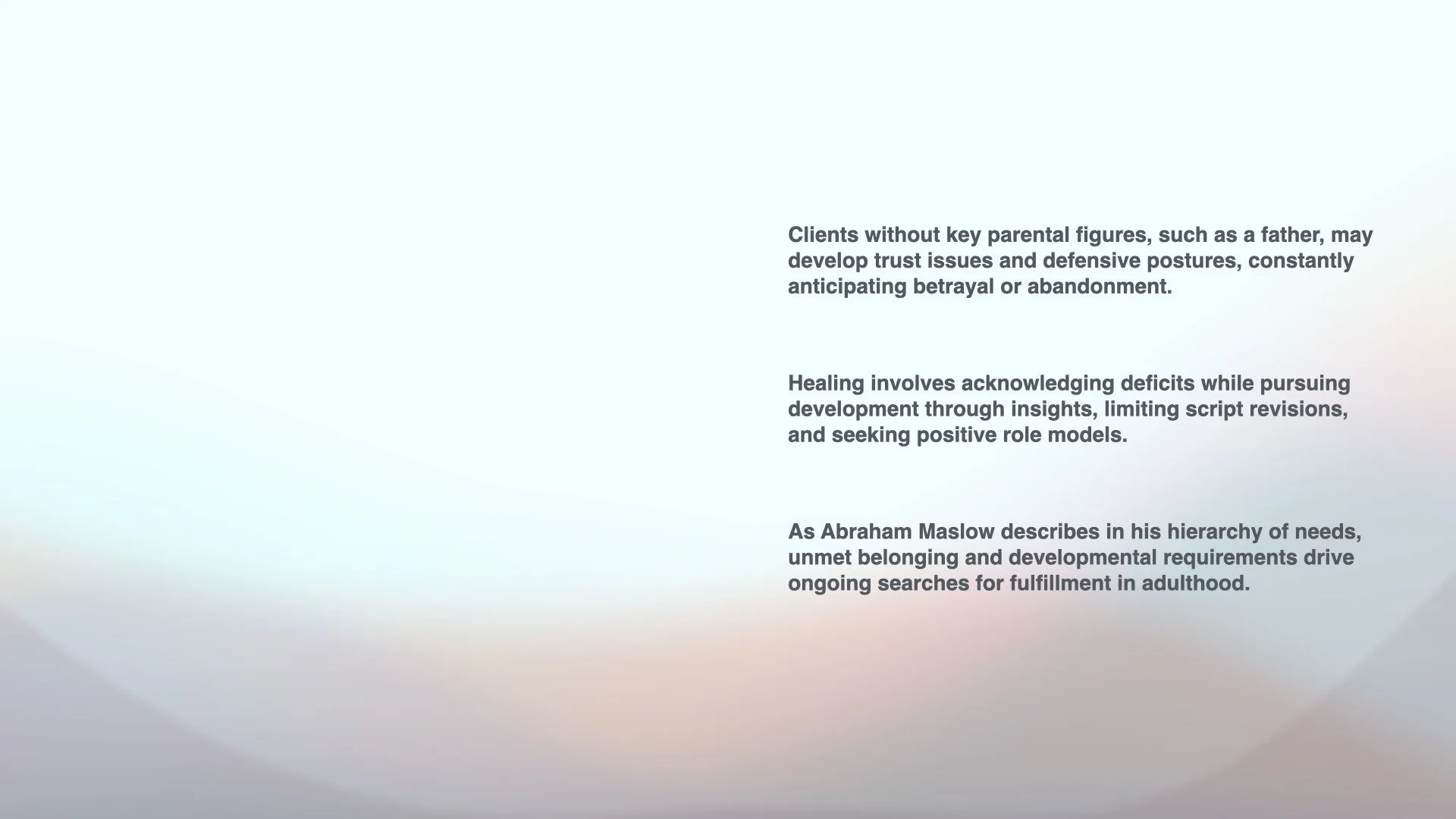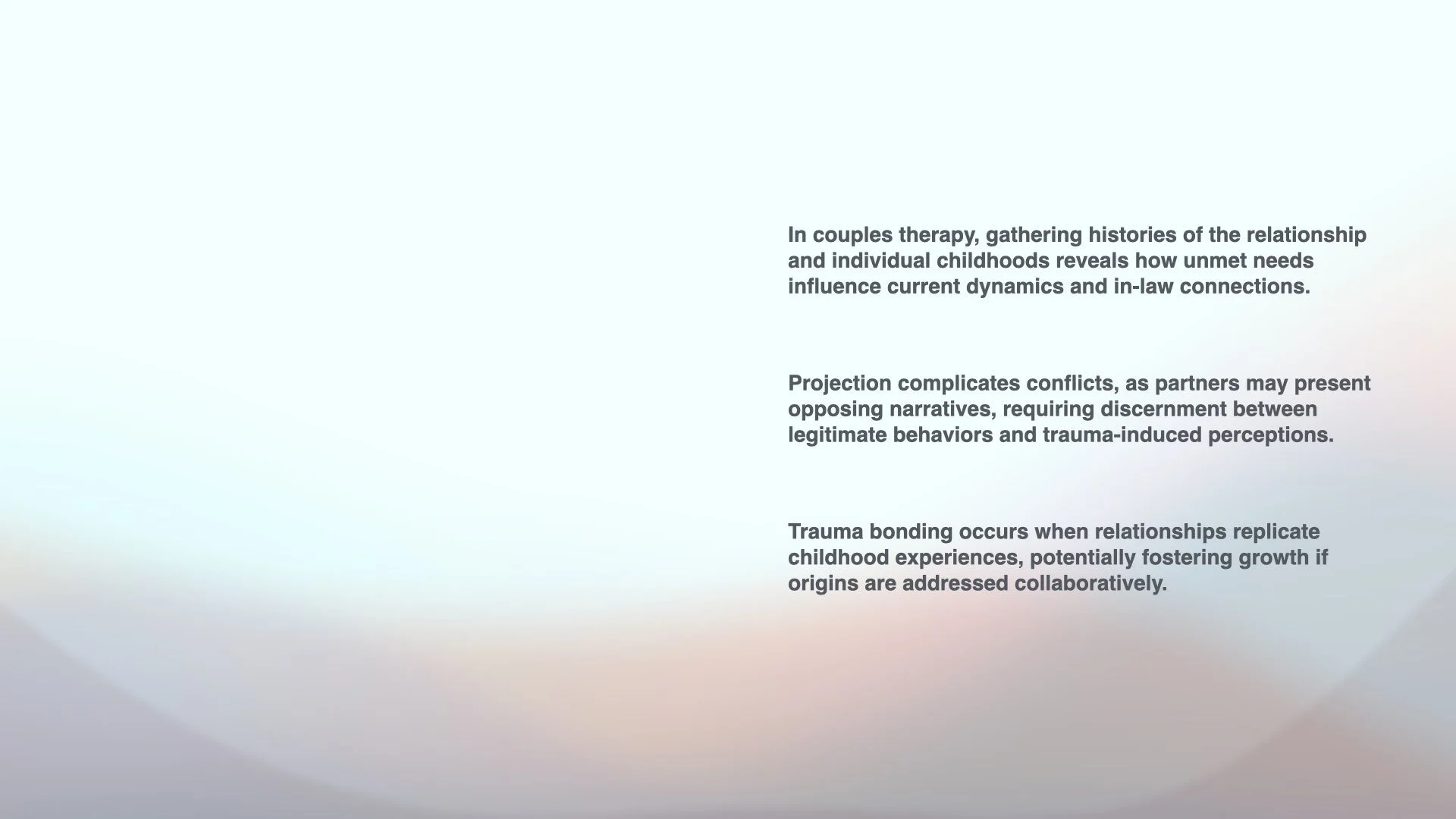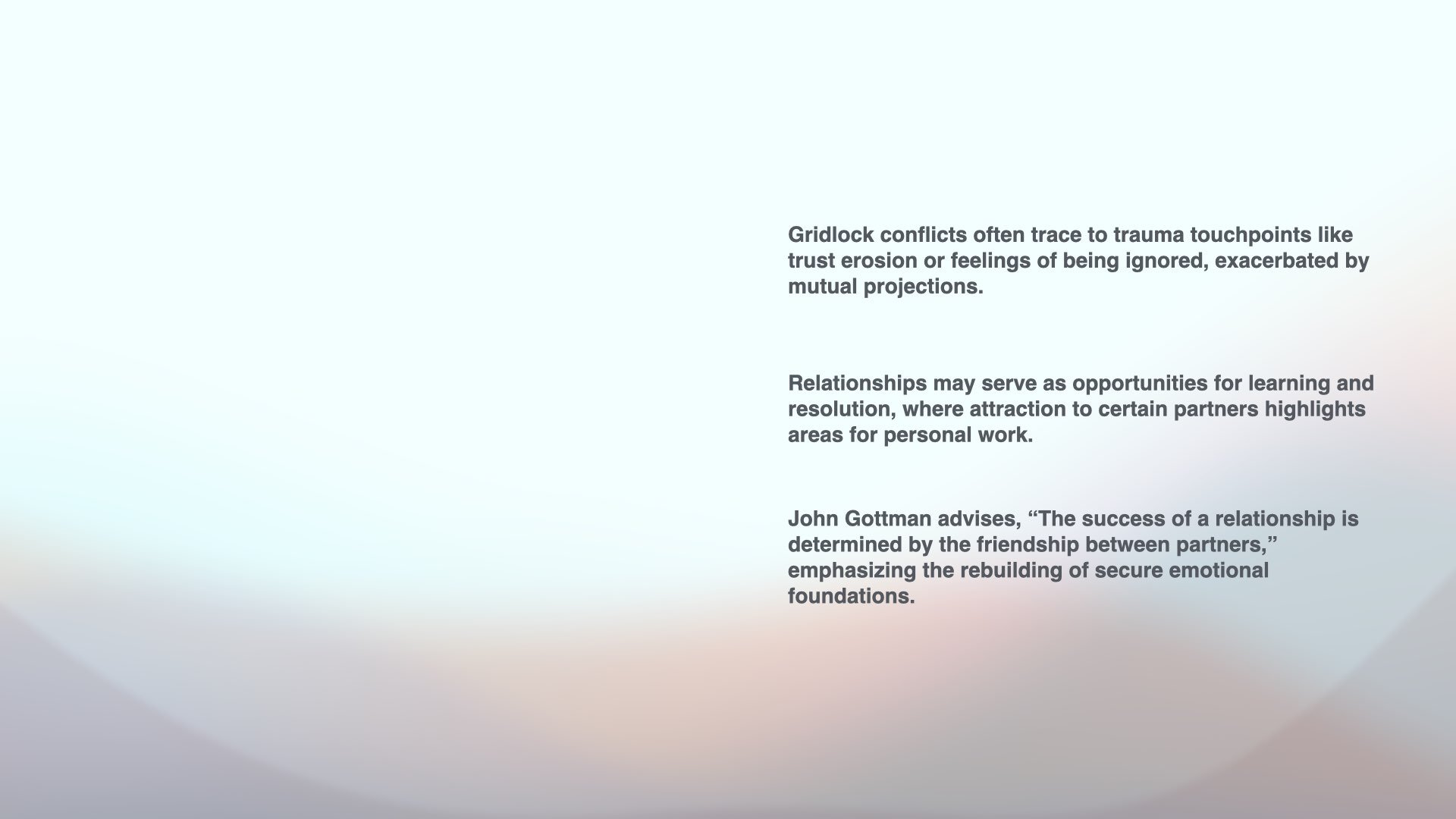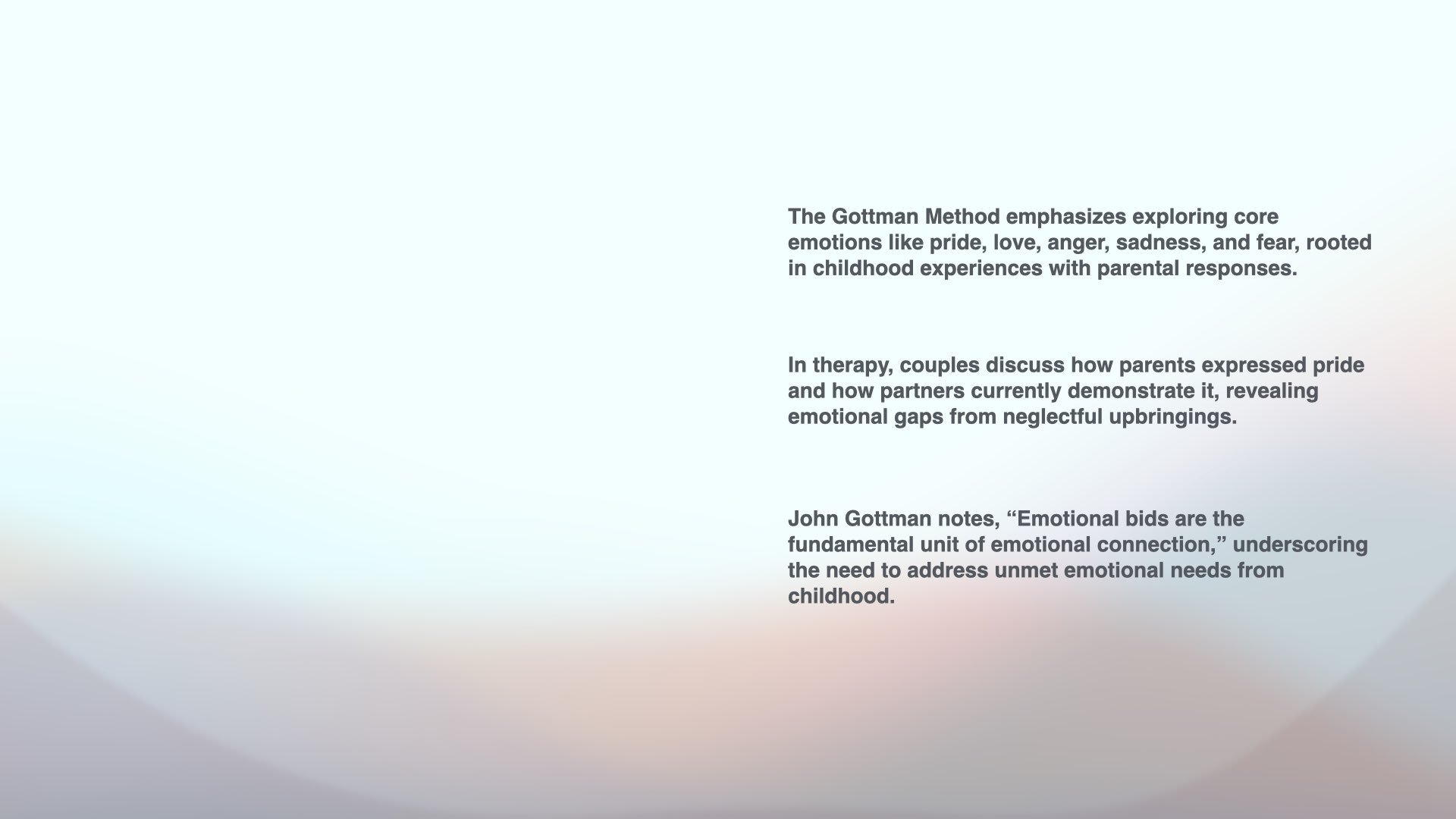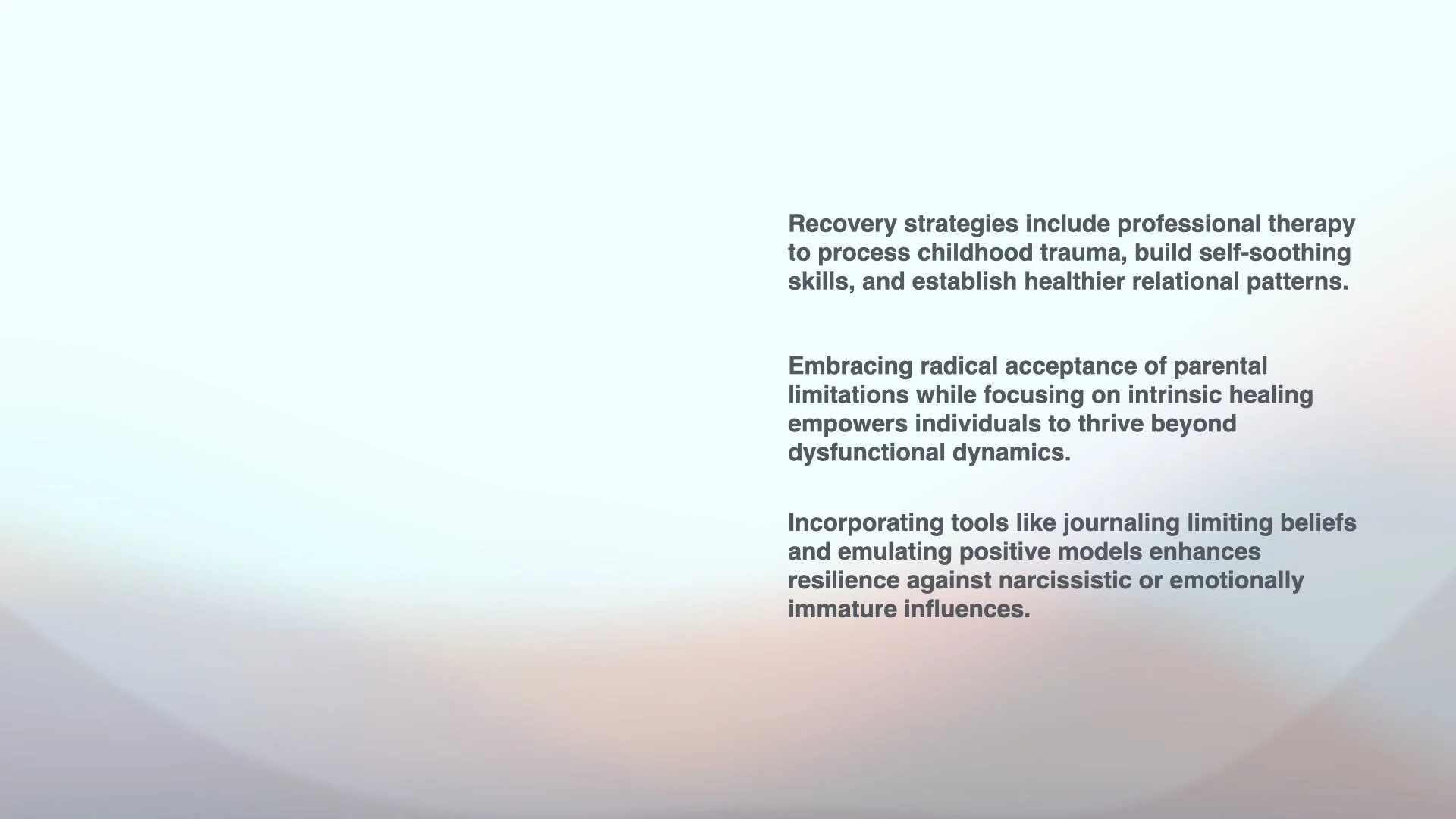Exploring Relationship Dynamics Through the Gottman Method
As a registered social worker and therapist in Toronto, Ontario, with over 13 years of experience in the field and five years specializing in therapy, I have observed various dynamics in my practice, particularly when working with couples. This blog post supplements my YouTube video on the subject, offering a deeper examination of how childhood trauma surfaces in adult relationships, often manifesting as issues with trust, commitment, attachment, gridlock, and projection due to unresolved childhood experiences. By focusing on the Gottman Method, a structured framework for couples therapy, we can explore strategies to enhance relational health and address emotional neglect from the past.
Understanding Core Emotions in Relationships
The Gottman Method emphasizes how individuals relate to core emotions—such as pride, love, anger, sadness, and fear—rooted in childhood interactions with parents. For instance, consider pride: How did you know your parents were proud of you? What did they say and do? In therapy, couples discuss how they currently express pride toward each other, revealing insights into their parental backgrounds. Often, one partner may have grown up in a home where physical needs, like schooling and nourishment, were met, but emotional sustenance was lacking, leading to emotional neglect and inadequate role models for conflict resolution.
Impact of Childhood Trauma on Adult Relationships
Adults from emotionally neglectful environments frequently aspire to happy, loving relationships yet encounter repeated friction, potentially leading to relational breakdowns. This pattern may stem from subconscious attractions to partners who reenact familiar dynamics, as Dr. Phil notes: we teach people how to treat us through body language and core beliefs. Such subconscious projections influence thoughts, feelings, and behaviors, perpetuating cycles where core emotions like anger or fear are mishandled, resulting in gridlock issues—recurring disagreements tied to deeper emotional wounds.
Self-Soothing and Inner Child Work
Gridlock often masks childhood wounds, including attachment insecurities such as anxious or avoidant styles, or specific vulnerabilities like abandonment or prioritization deficits. When triggered in arguments, sensitivity heightens, but self-soothing is essential, as partners cannot fully heal these intrinsic parts. Communicate triggers through self-disclosure, while employing strategies like those in Inner Bonding by Margaret Paul, which involves dialoguing with your inner child—visualizing and nurturing it empathetically, as a caring parent would, to foster self-care beyond rational exercises.
Role Models and Trust Issues
Clients lacking key parental figures, such as a father, may develop trust issues and defensive postures, constantly anticipating betrayal. Healing requires acknowledging deficits while pursuing growth through insights, revising limiting scripts, connecting with emotions, and emulating positive role models. As Abraham Maslow's hierarchy of needs illustrates, unmet developmental and belonging requirements drive ongoing searches for fulfillment, often leading individuals to seek support from friends, alternative families, or in-laws to compensate for childhood gaps.
Projection and Trauma Bonding in Couples
In couples therapy, gathering relational and individual histories uncovers how unmet needs shape dynamics, including projection—where opposing narratives complicate conflicts, as seen in child welfare cases. Discerning between trauma-induced perceptions and legitimate behaviors is key; for example, a client's trust concerns may amplify worries about a partner's actions, yet both may contribute through mutual projections. Trauma bonding often occurs when relationships replicate childhood experiences, serving as opportunities for resolution if origins—like trust erosion or feeling ignored—are addressed collaboratively.
Conclusion and Key Takeaways
Ultimately, relationships demand work, whether as "lesson love" or genuine connection, with therapy aiding insight, self-reflection, and healthier patterns. By understanding triggers, wounds, and limiting beliefs from dysfunctional upbringings, individuals can reduce reactivity and build secure attachments.
For those navigating narcissistic abuse or family trauma, explore my Scapegoat & Narcissistic Abuse Recovery 45-page Healing Toolkit. Learn more here.
What patterns from your childhood have you noticed in your relationships? Share in the comments to foster community discussion on overcoming emotional neglect and building resilient partnerships.



